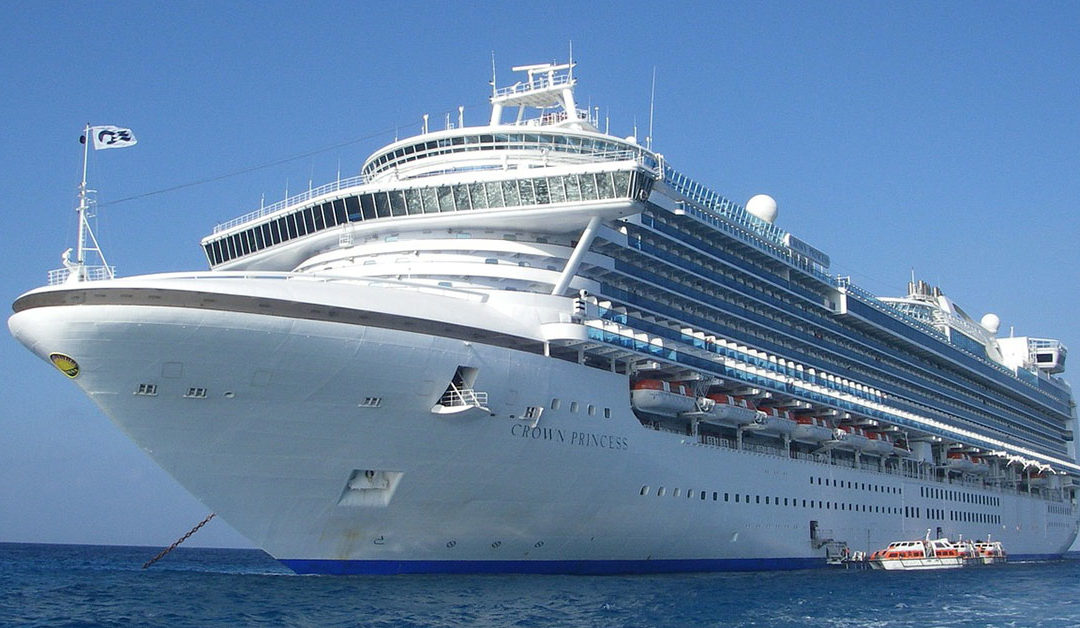Are you a pro when it comes to fishing or sailing? There is probably nobody out there who knows boating better than you. However, what if you are wrong when it comes to particular nautical terms. The professionals at Irwin Law Firm are here to inform you of the most commonly misused terms. Who knows, maybe even you are misusing them. You can trust our cruise ship lawyers, Fort Lauderdale.
It Is A Part Of History
Many of them stretch back for hundreds of years and have remained in popular usage, whether due to the similar construction of boats from then to now or simply for the sake of better understanding what’s being discussed. Even for newer terms that have sprung up through the years, there’s a vast lexicon of maritime and nautical terms and wordage that any crewmember should familiarize themselves with through their time working on the water.
Of course, not all of them are as easy to follow as others, and keeping up on your maritime lingo is something that could help most ship workers these days. With that in mind, our cruise ship lawyers have got some of the most commonly misused nautical terms, what people think they mean, and what they actually mean.
Commonly Misused Nautical Terms
- Buoys vs. Markers
- Buoys are always small and white with a blue horizontal band and are anchored in public waters to demarcate a specific area such as public boat docking. Markers are larger, generally orange and white in color, and have warning signs on them. Think of something closer to a traffic sign.
- Watertight vs. Weathertight
- Two types of commonly seen doors aboard larger ships, they serve similar purposes but are distinct enough to warrant different names. Weathertight doors are located on deck and near the accommodations on larger cargo ships and are designed to prevent the ingress of water from outside the ship to inside the ship, and are build with a small head of water and open outwards, whereas watertight doors are typically used below decks and are built to prevent the ingress of water from both sides by opening upwards or sidewards, often by automatic means.
- Gross Tonnage vs. Net Tonnage
- Generally used to measure the weight of a vessel, gross tonnage refers to the total weight of every enclosed space on the ship, including non-cargo spaces like the engine room, whereas net tonnage relates only to the volume of spaces designed and designated to carry cargo on the vessel.
- Swinging Circle vs. Turning Circle
- The term “swinging circle” is only used when a vessel is at anchor and refers to the theoretical radius in which the vessel is expected to swing in a circle while at anchor. “Turning circle,” on the other hand, is part of the vessel’s overall maneuvering characteristics and refers to the diameter that the vessel can turn when the rudder is put hard in one direction.
- Ladders vs. Gangways
- Gangways are rigged at right angles to the fore and aft lines of the ship, never used an angle of inclination greater than 30° to the horizontal, and are mandatory for any ship over 30 meters long. Ladders are rigged in the fore and aft direction of the ship and face stern and are generally fixed to the vessel as opposed to being removable or retractable like a gangway.
Call Us Today
We are your best resource when it comes to maritime law and nautical terms. At Irwin Law Firm we are experts. You can trust our cruise ship lawyers. Get a chance to meet the best maritime attorney in the state! Call or visit us today to get more information. We are located at 205 W. Davie Blvd. Fort Lauderdale, Florida 33315 and can be reached at our office number (954) 775-2301.

